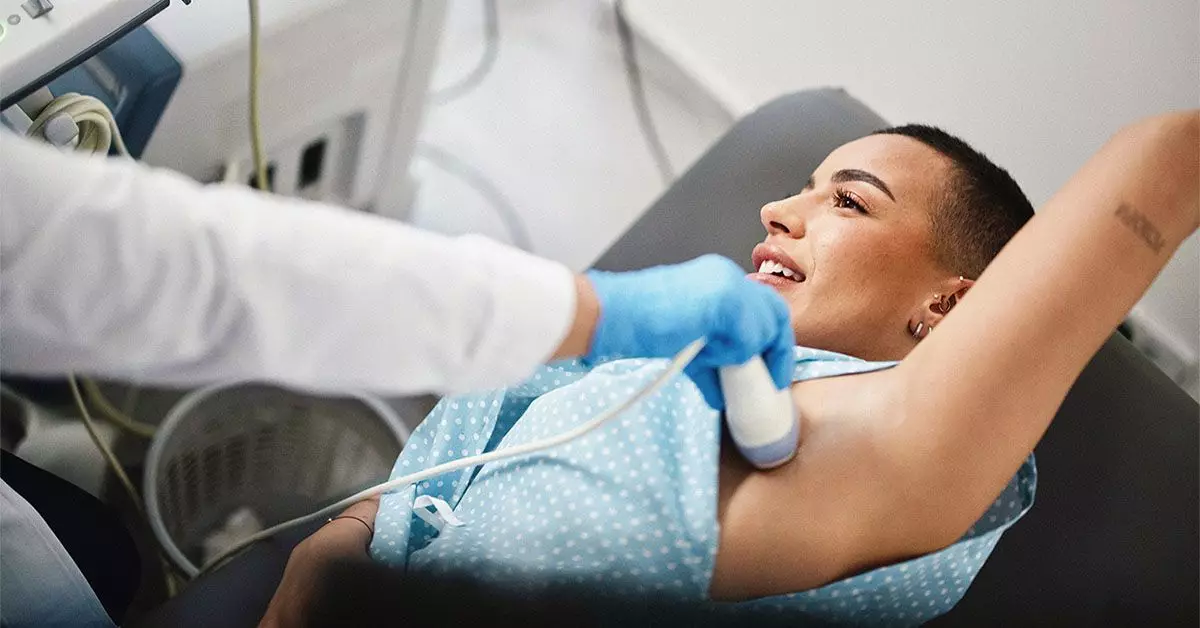Breast cancer remains a significant health crisis for women worldwide, leading to an urgent need for effective detection methods. In the realm of diagnostics, various tests play pivotal roles, yet a 2019 systematic review elevates ultrasound as a formidable tool, boasting an impressive sensitivity of 80.1% and specificity of 88.4% for breast cancer identification. These figures spotlight how ultrasound not only excels in pinpointing existing cases (sensitivity) but also in confidently ruling out those who are disease-free (specificity). This dual capacity is critical in developing an effective screening regimen that minimizes unnecessary stress and procedures for patients.
The Role of Ultrasound in Breast Cancer Management
Ultrasound imaging is particularly beneficial in specific scenarios. It serves as an initial diagnostic measure for women who detect lumps in their breasts, especially when mammograms fall short. This detection capability is vital, as it empowers women to seek further evaluation before conditions become advanced. Additionally, ultrasound facilitates the differentiation between solid lumps and cysts, hence averting unwarranted biopsies. The flexibility of ultrasound must be celebrated; healthcare providers often recommend its use alongside mammograms for a comprehensive assessment of breast health, making it an indispensable ally in early diagnosis and treatment planning.
The Ultrasound Experience Explored
Undergoing a breast ultrasound involves a straightforward process. Women are typically required to remove their clothing from the waist up, allowing the sonographer to access the area in question. The application of lubricating gel enhances the interaction between the ultrasound probe and the skin, ensuring high-quality imaging. The sonographer’s methodical approach in maneuvering the probe over the breast—and even extending to the lymph nodes in the armpit—ensures a thorough investigation, capturing crucial images that assist in accurate diagnoses. The nuances of this procedure offer not just reassurance but also an opportunity for proactive health management.
Guidance and Prevention: A Crucial Dialogue
Engagement with healthcare professionals is paramount for anyone noticing abnormalities such as lumps or alterations in their breast tissue. The American Cancer Society champions proactive screening, advocating for annual mammograms starting at age 45, while offering the option for those aged 40-44 to begin annual screening if desired. This guidance reinforces the significance of tailored approaches to breast cancer prevention, emphasizing that early detection can drastically improve outcomes—underscoring the need for women to remain vigilant and informed about their breast health.
The Future of Breast Cancer Detection
As research continues to evolve, the combination of ultrasound and traditional methods like mammograms promises to create a well-rounded arsenal against breast cancer. This multi-faceted approach not only enhances detection rates but also encourages ongoing conversations surrounding breast health among women. The implications of improved diagnostic technologies resonate far beyond individual patients; they signal hope for future advancements that could lead us closer to reducing breast cancer mortality rates. The dialogue on breast health and the integration of versatile technologies like ultrasound stand poised to transform the landscape of cancer detection and treatment.

